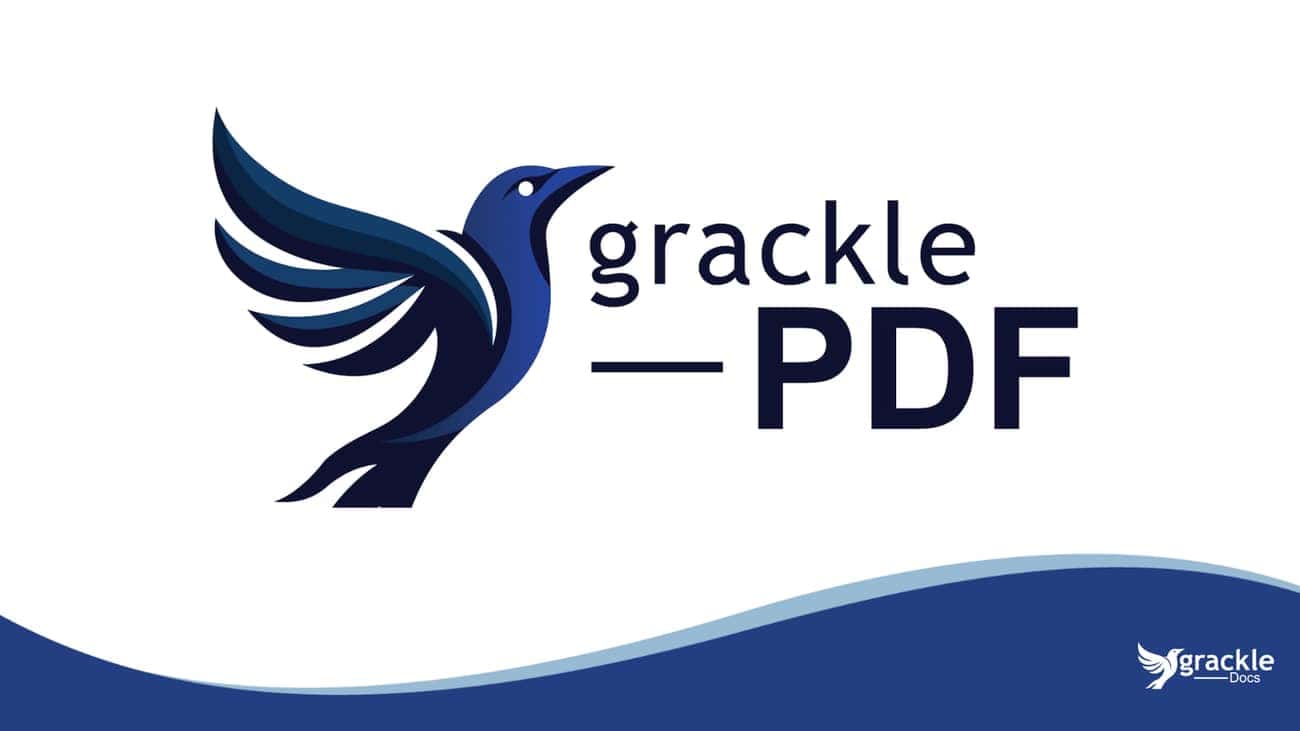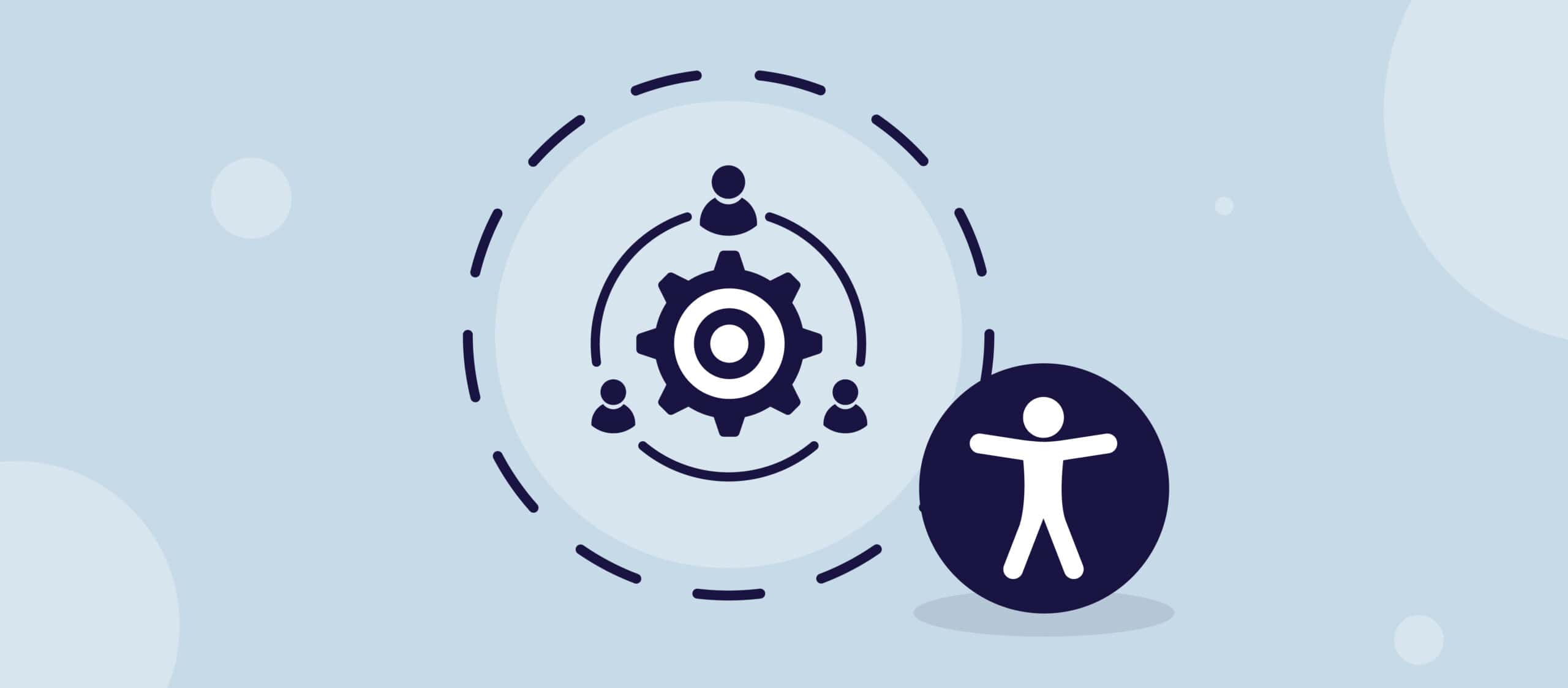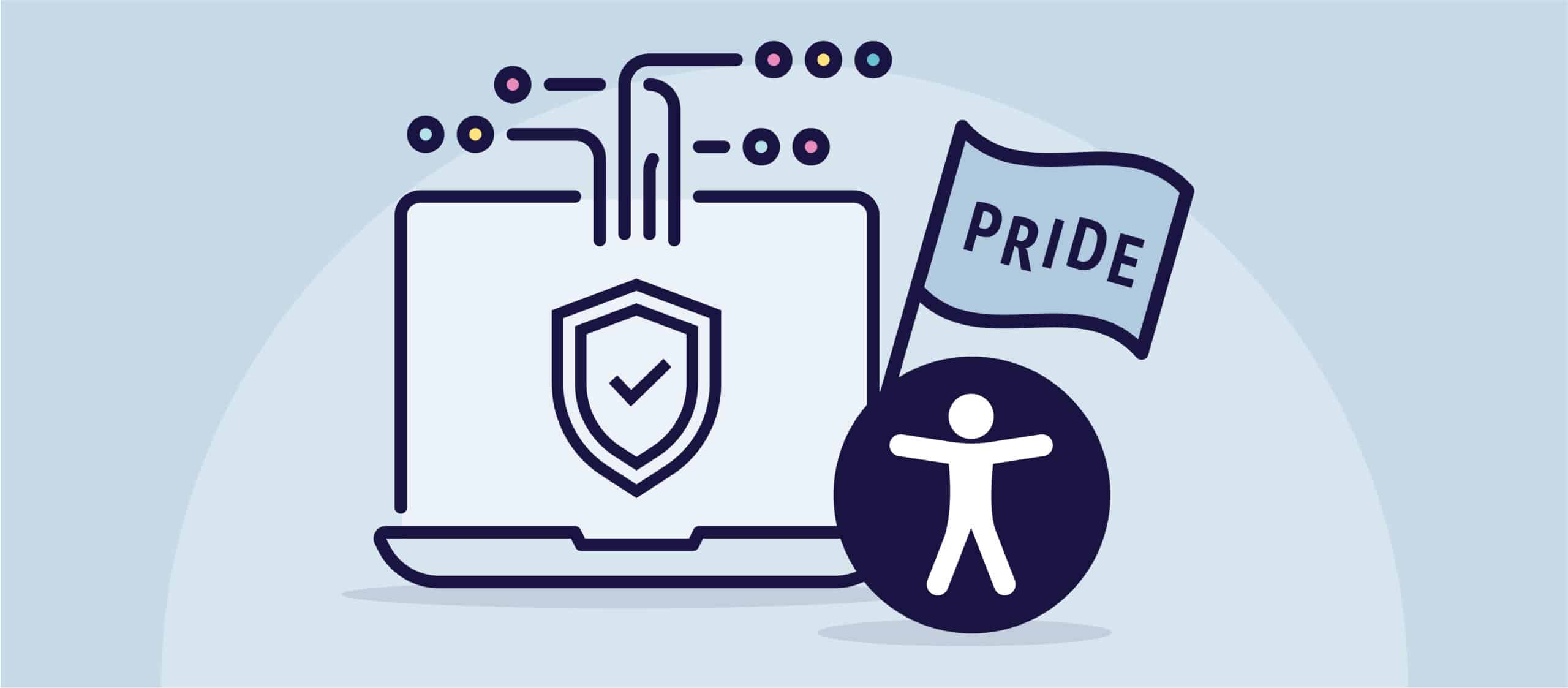In einer Zeit, die von der rasanten Digitalisierung fast aller Lebensbereiche geprägt ist, hat der Begriff ‘globale Sprache’ eine neue Bedeutung erhalten. Jenseits der Grenzen gesprochener Dialekte und regionaler Sprachen entsteht eine neue Form der Kommunikation, die Menschen unabhängig von ihren physischen oder kognitiven Fähigkeiten verbindet. Es ist die Sprache der digitalen Barrierefreiheit.
Die Lingua Franca des digitalen Zeitalters verstehen
Um die Schwere der digitalen Erreichbarkeit zu begreifen, stellen Sie sich das Internet als eine sich ausbreitende Metropole vor. Jede Website, App oder Plattform ist ein Gebäude in dieser Stadt. Stellen Sie sich vor, in vielen dieser Gebäude gäbe es keine Rampen, Aufzüge oder eine klare Beschilderung. Dadurch wird denjenigen, die diese Annehmlichkeiten benötigen, der Zugang verwehrt - ein ähnliches Ergebnis wie ein unzugänglicher digitaler Raum.
Die digitale Zugänglichkeit umfasst Praktiken, Werkzeuge und Standards, die darauf abzielen, die digitale Welt für alle nutzbar zu machen, insbesondere für Menschen mit Behinderungen. Sie stellt sicher, dass alle Inhalte, von Videos bis zu Anwendungen, für alle Nutzer gleichermaßen wahrnehmbar, verständlich und navigierbar sind.
Warum Barrierefreiheit weltweit Anklang findet
Eine Reflexion der universellen Rechte
Digitale Barrierefreiheit ist keine bloße Gefälligkeit - sie ist Ausdruck der grundlegenden Menschenrechte. Das Übereinkommen der Vereinten Nationen über die Rechte von Menschen mit Behinderungen erkennt die Barrierefreiheit als zentrale Komponente an, um eine gleichberechtigte Teilhabe an der Gesellschaft zu ermöglichen. Die Gewährleistung der Zugänglichkeit digitaler Plattformen entspricht also diesen Rechten.
Die Bedürfnisse der Weltbevölkerung
Die Weltgesundheitsorganisation schätzt, dass über eine Milliarde Menschen in irgendeiner Form behindert sind. Da sich Dienstleistungen, Bildung und sogar soziale Kontakte immer mehr ins Internet verlagern, bedeutet die Vernachlässigung der Barrierefreiheit, dass ein beträchtlicher Teil der Weltbevölkerung außen vor bleibt.
Die Ausweitung der Technologie über die Grenzen hinaus
Tech-Giganten wie Google, Apple und Microsoft und soziale Plattformen wie Facebook und Twitter richten sich nicht nur an ein lokales Publikum. Sie haben sich über Kontinente und Kulturen hinweg etabliert. Daher tragen sie eine doppelte Verantwortung: Sie müssen sicherstellen, dass ihre Produkte für alle zugänglich sind, und sie müssen Branchenstandards festlegen, die der Inklusion Priorität einräumen.
Wie digitale Barrierefreiheit als globale Sprache funktioniert
Universelle Designprinzipien
Das Herzstück der Barrierefreiheit sind die Grundsätze des universellen Designs - Richtlinien, die sicherstellen, dass Umgebungen, Produkte und Werkzeuge von allen Menschen so weit wie möglich genutzt werden können, ohne dass Anpassungen erforderlich sind. Wenn digitale Plattformen diese Grundsätze beherzigen, finden sie bei einem globalen Publikum Anklang.
Internationale Richtlinien und Normen
Initiativen wie die Web Content Accessibility Guidelines (WCAG) stellen international anerkannte Standards für die digitale Barrierefreiheit dar. Durch die Einhaltung dieser weltweit anerkannten Normen stellen Organisationen sicher, dass sie dieselbe digitale ‘Sprache’ sprechen wie ihre Kollegen in aller Welt.
Technische Innovationen, die globale Lösungen hervorbringen
Technologische Fortschritte, wie KI-gesteuerte Hilfsmittel oder Sprachsuchfunktionen, sind nicht nur lokale Phänomene. Ihre Auswirkungen sind weltweit spürbar. Durch die Einbindung dieser Innovationen passen sich digitale Plattformen einem globalen Trend zu mehr Barrierefreiheit an.
Die greifbaren Auswirkungen dieser universellen Sprache
Geschäftsausweitung und Wachstum
Unternehmen, die sich an die globale Sprache der digitalen Barrierefreiheit anpassen, erschließen neue Märkte und Zielgruppen. Eine barrierefreie Plattform bedeutet eine breitere Nutzerbasis und erhöht das Wachstumspotenzial.
Verbesserte Innovation
Unternehmen sind innovativ, wenn sie sich an einen vielfältigen Nutzerkreis mit unterschiedlichen Bedürfnissen wenden. Dies führt oft zur Entwicklung besserer Produkte und Lösungen, von denen alle profitieren, nicht nur Menschen mit Behinderungen.
Markenbekanntheit und Reputation
In einer Zeit, in der die soziale Verantwortung von Unternehmen von zentraler Bedeutung ist, heben sich Unternehmen, die auf Barrierefreiheit setzen, von anderen ab. Sie gelten als zukunftsorientiert und sozial verantwortlich, was ihren weltweiten Ruf stärkt.
Rechtliche Absicherung
Da zahlreiche Länder Gesetze zur digitalen Barrierefreiheit erlassen haben, sind Organisationen, die sich an diese Standards halten, besser in der Lage, sich ohne rechtliche Verwicklungen in der globalen digitalen Landschaft zurechtzufinden.
Der Weg nach vorn: Die Pflege dieser globalen Sprache
Wenn die digitale Barrierefreiheit wirklich zur Weltsprache werden soll, müssen alle Beteiligten eine Rolle spielen:
- Bildung: Alle Beteiligten, von Entwicklern bis zu Unternehmensleitern, müssen für die Bedeutung der digitalen Barrierefreiheit sensibilisiert und geschult werden.
- Zusammenarbeit: Globale Technologieunternehmen müssen zusammenarbeiten, um einheitliche Standards zu schaffen und aufrechtzuerhalten.
- Rückmeldung: Das Feedback der Nutzer, insbesondere von Menschen mit Behinderungen, ist von unschätzbarem Wert. Es leitet Verbesserungen ein und sorgt dafür, dass Plattformen universell nutzbar bleiben.
- Laufende Anpassung: Die digitale Welt entwickelt sich ständig weiter. Daher ist die digitale Zugänglichkeit keine einmalige Errungenschaft, sondern eine ständige Verpflichtung.
All das, um zu sagen...
Die digitale Barrierefreiheit, die globale Sprache des 21. Jahrhunderts, webt einen Teppich aus Inklusivität, Vielfalt und universellen Rechten. Es geht nicht nur darum, sich der Zeit anzupassen, sondern auch darum, eine Bewegung anzuführen, die eine integrativere, vernetztere und verständnisvollere globale Gemeinschaft ankündigt. Während das digitale Zeitalter uns in eine vernetzte Zukunft katapultiert, sollte Barrierefreiheit die Sprache sein, die uns alle verbindet.



